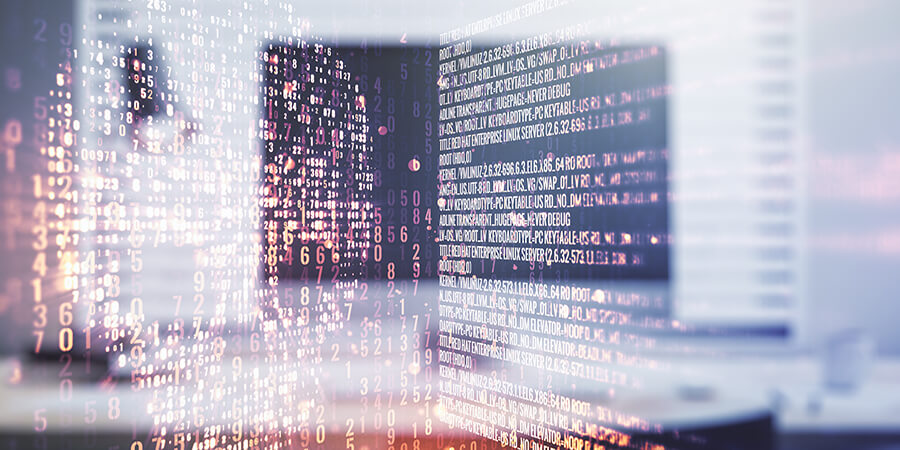While world governments have their hands full dealing with pandemics, financial issues and a host of other problems, technology keeps evolving at a rapid pace, and so do cyber crooks. Apart from newer forms of cyber threats, even the oldest tricks in the book are not completely outdated for these cyber criminals. In order to bypass security measures specifically designed for them, they modify and update these tricks by thinking outside of the box. From data breaches and phishing to cyber activism and IT security software tools, cybercrime has rapidly taken on new methods that affect private bank cards, personal accounts and online shopping sites, just to name a few.
Trending Attacks
In the IT sector, phishing attacks are the most pervasive security threat, with many still falling victim to them. The prevalence of phishing emails and malicious URLs on the web has not changed, only that cybercriminals now use more advanced methods to carry out well-executed business email compromise attacks (BEC). According to the 2019 Data Breach Investigations Report by Verizon, 32% of the data breaches that year involved phishing activities. Thus, experts see targeted phishing as becoming more prevalent in the coming years. It is also important to note that 2020 alone saw more than 60,000 phishing websites, and 1 in every 8 employees has shared information on such phishing sites, according to Security Boulevard in 2020. That being the case, businesses are starting to adopt and invest in comprehensive security awareness programs, and organizations are starting to implement simulators that can explain and recognize emerging phishing patterns and the modus-operandi of these cyber attackers.
Furthermore, in cybersecurity, the role of machine learning (ML) is growing and becoming more proactive. With ML, cybersecurity becomes simpler, more effective and, at the same time, less expensive. From a rich dataset, ML develops patterns and manipulates them with algorithms and, as a result, can predict and respond to active attacks in real time.
This technology relies heavily on rich and sophisticated data to produce effective algorithms. The data must come from all avenues and represent as many potential scenarios as possible. Implementing ML, thus, allows cybersecurity systems to analyze threat patterns and learn cybercriminals’ behaviors. This helps to prevent similar attacks in the future and also reduces the amount of time needed for cybersecurity experts to perform routine tasks.
Moreover, security issues keep plaguing most IoT devices that are dominating the market nowadays. In IoT products, computing devices transmit and receive data over the Internet, exposing users to cyber attacks like DoS and device hijacking. The Internet of Things in effect connects the virtual and physical worlds, which makes home interruptions among the scariest threats of IoT. As such, and despite these ongoing threats, IoT devices are presenting vast opportunities for businesses that, according to Forbes, were still willing to invest more than $267 billion in IoT tools in 2020.
Cyber threats continue to plague the financial services sector, and some financial institutions are still struggling with cloud migration and the increasing number of regulations. Phishing attacks remain prevalent in this sector, and it’s no longer just via emails but through social media and other messaging platforms as well, which are now among the cybersecurity trends and concerns in financial services.
Malware attacks and data breaches are the most common threats faced by insurance companies, banks and asset managers. A report by Boston Consulting Group revealed that financial services firms are 300 times more prone to cybersecurity attacks than businesses in other industries (BCG, 2019). Moreover, cyber attacks on financial institutions rose by a massive 238% from the beginning of February to the end of April 2020 amid the COVID-19 pandemic, according to Infosecurity Magazine, 2020. Attacks have cost the banking industry $18.3 million per enterprise.
Awareness
As cyber threats become more aggressive each day, businesses and organizations take major steps to strengthen their security measures. Companies and individuals need cybersecurity awareness to prevent costly identity theft and network hacks that can destroy their reputations or worse. Also, what helps drive cybersecurity awareness forward is the vast number of people unaware of most cyber attack methods and the need for that to change.
A report by Infosec shows that about 97% of the people in the world cannot identify a phishing email, while 1 in 25 people clicks on such emails, thus, falling target to cyber attacks. Aside from this, cybercriminals now resort to more advanced and high-tech forms of phishing and malware infections.
Awareness, even rudimentary, can help prevent attacks and threats. For cybersecurity awareness training and promotion, some organizations are combining web- and classroom-based methods with visual aids. On top of this, companies now create policies focusing on how employees handle and share confidential corporate data. These are among the tools necessary to build a more secure future.






